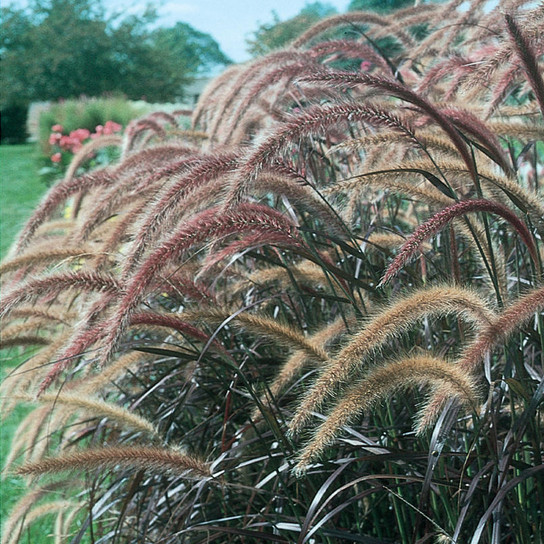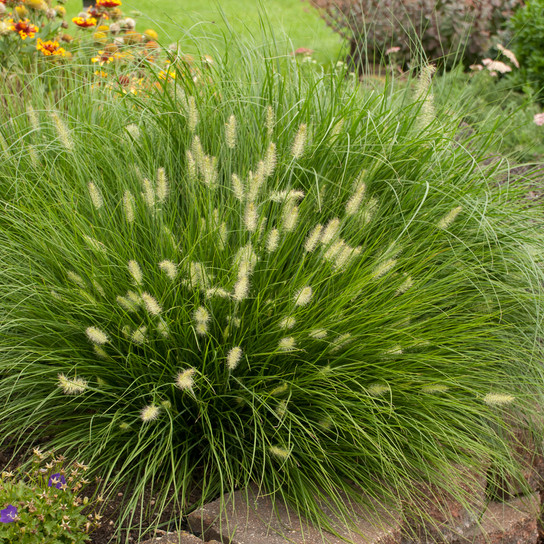Fountain Grass 1 to 17 of 17 total
-

-

-

-

(2)
Growing Zones: 5 to 9Proven Winners
Prairie Winds® Desert Plains Fountain Grass
$29.99 - $41.49 -

-

-
 Growing Zones: 8 to 11
Growing Zones: 8 to 11Proven Winners
Graceful Grasses® Vertigo® Purple Fountain Grass
$29.99 - $44.99 -

-

-

-
 Growing Zones: 9 to 11
Growing Zones: 9 to 11Proven Winners
Graceful Grasses® Fireworks Variegated Red Fountain Grass
$29.99 - $41.99 -

-

-

-

-

(1)
Growing Zones: 5 to 9Proven Winners
Prairie Winds® Lemon Squeeze Fountain Grass
$29.99 - $41.49 -







